Restoring communications — and hope — in Mozambique
By Suzanne Fenton in Beira
Outside the mint-green church of Chingussura, people are shifting lumps of twisted metal and burning the uprooted trees, remains of destroyed houses and other debris left behind by cyclone Idai. The storm shattered the stained-glass windows and tore off the roof so thick clouds of smoke and silvery ash now come fluttering into the church.
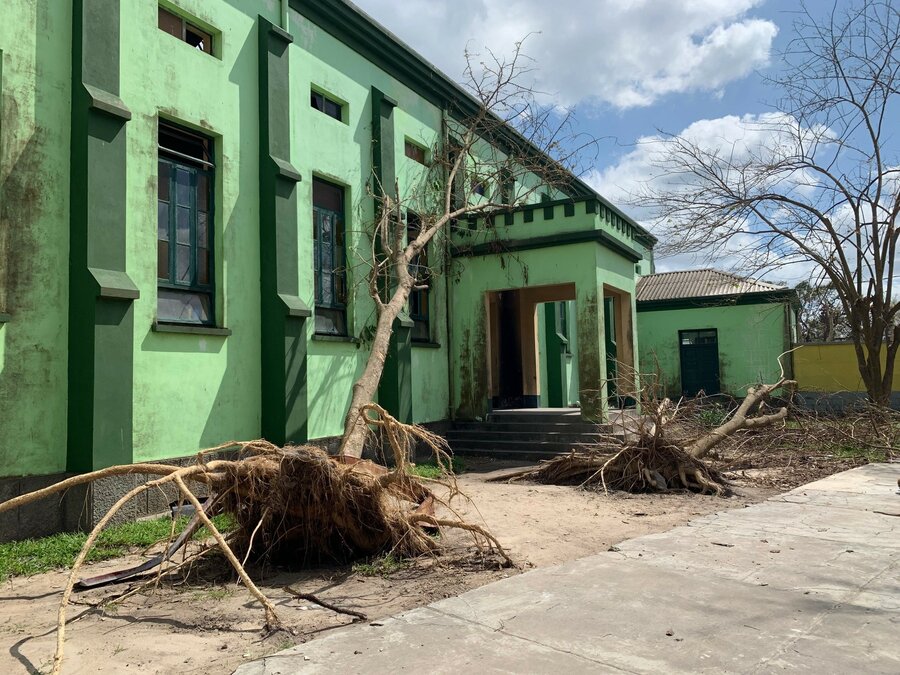
High above, an Emergency Telecommunications Cluster (ETC) team is in the belfry installing a small piece of equipment which will provide Internet connectivity to the Médecins Sans Frontières (MSF) cholera treatment unit being set up close by. The occasional chime of the bell as the access point knocks metal is the only clue that anyone is up there aside from a lot of birds, and possibly bats at night. The MSF team greeted us — forearm-to-forearm, handshakes not allowed for obvious reasons — with gratitude: for them, being connected is a lifeline.
More than 1,000 cases of cholera have been confirmed in Mozambique now that the inland ocean that formed is slowly starting to drain, leaving vast areas of stagnant water. It's almost three weeks since tropical cyclone Idai ripped through central Mozambique, killing more than 500, destroying houses and leaving whole villages and towns submerged. Ninety percent of the port city of Beira — the base for humanitarian efforts — was underwater and some 1.8 million Mozambicans are now in urgent need of some form of assistance.
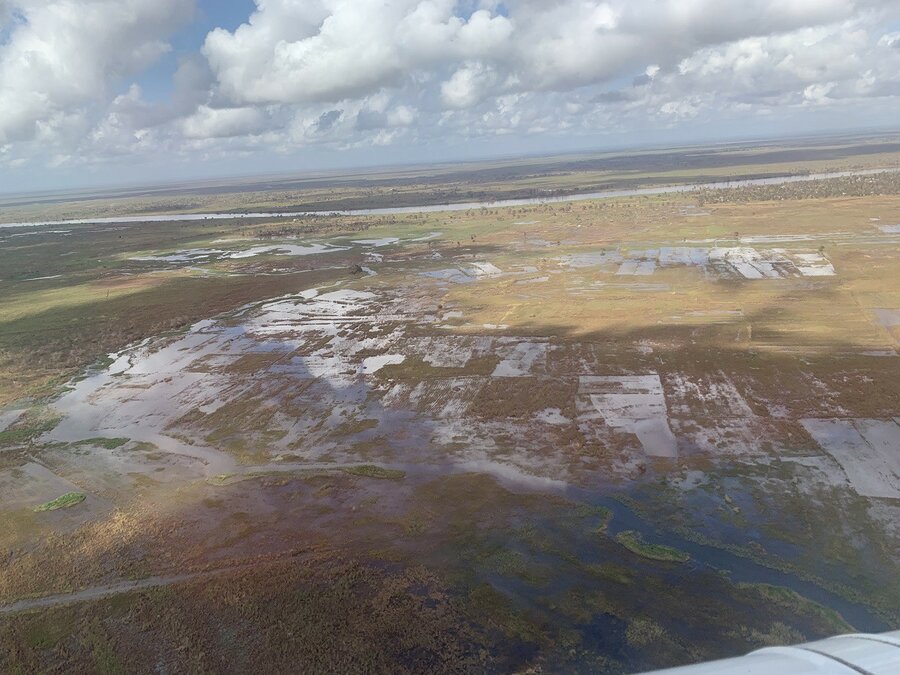
No-one could have prepared for the scale of the disaster, now confirmed as one of the most extensive to hit the southern hemisphere.
The lucky ones hunkered down with their children in whatever shelter they could find and just held on until the deafening noise and torrential rains had passed. Then there are the others who got stuck in thick drifts of mud and buried beneath avalanches of rocks and debris from their own villages and towns.
As ETC teams conducted assessments to see how to give affected populations better access to life-saving information about what assistance is available, I travelled with them to different areas that were hit by the cyclone.
One woman we met in Dondo now takes care of her baby grandson in a camp set up on a football pitch after her daughter drowned in the flood. Her face is emotionless; she doesn't want to talk more. Life is acutely different now, but it goes on.
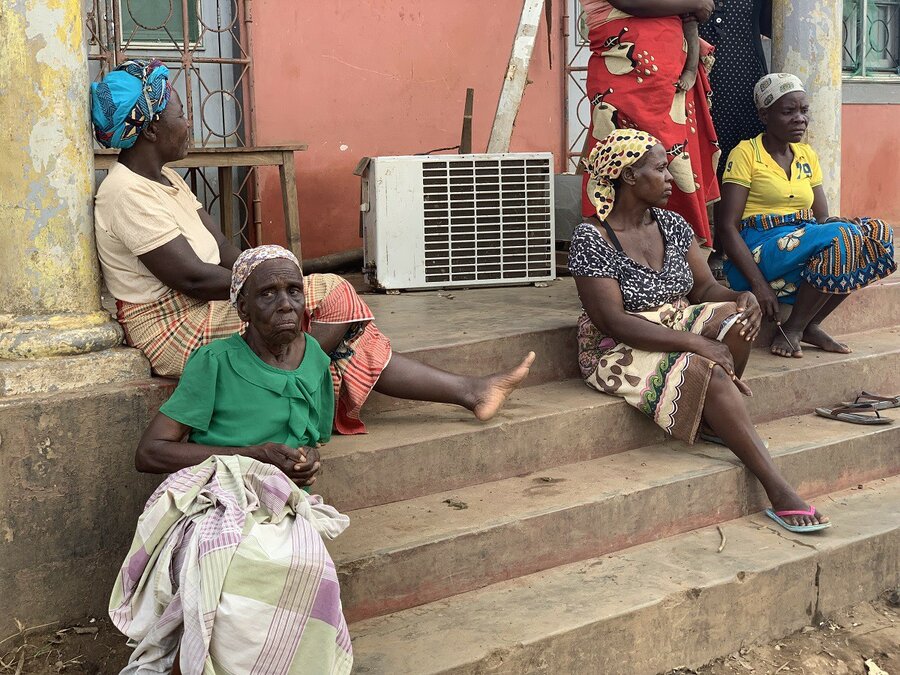
Resilience is in the blood here. Everywhere you go, people are doing what they can to rebuild their lives, however small the step. Women — often breastfeeding — stand under the blazing sun as they queue for assistance, whether shelter, hygiene kits or food. Some have been moved to camps in areas far away from their homes. Inside the sweaty canvas of the tents — the smell vaguely reminiscent of summer wedding marquees back home— the temperature is a good few degrees hotter than outside. The women strap their babies to them with brightly coloured capulanas (cloth) and continue to get water from wells or cook over small fires, slowly sifting white chima (a type of cornmeal porridge] into boiling water to feed their families.
In the wetlands of Nhangau, small boys fish or swim to cool off, oblivious that a baby crocodile lurked near the water lilies, its pale green body bright against the muddy water. In the schoolyard — the school itself damaged — people are laying waterlogged books out to dry in the sun and putting on plays for the community about what to do when a cyclone strikes. And in Buzi, a hot and dusty town surrounded by flooded fields, people are sleeping in churches or on the veranda of the youth centre after the cyclone flattened their homes, turning them into kindling.
Young children — the world's true optimists — look through piles of rubble and manage to make toys out of the debris: pieces of wood and plastic, smashed CDs, bottle tops. Out of the devastation cyclone Idai left behind, they find treasure.
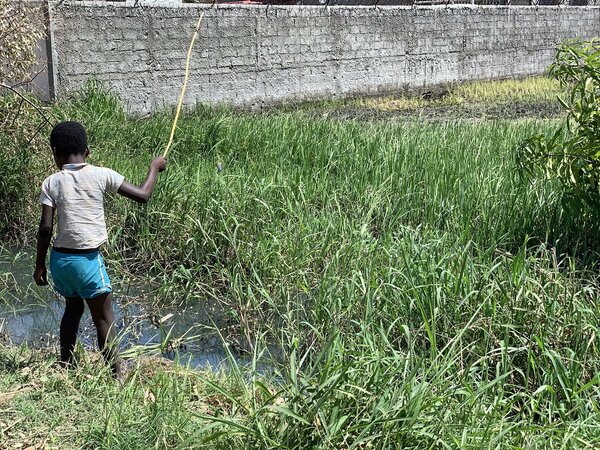
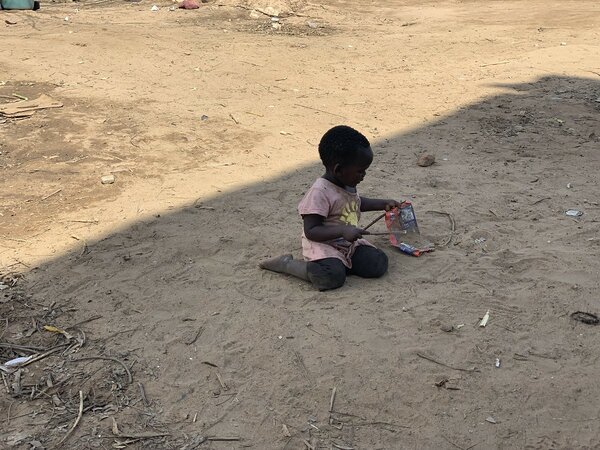
You hear all the time that communication is the foundation of an emergency response and a key part of life. Yesterday, that was brought into sharp focus when we heard about seven young children who were airlifted from the floods in Buzi and are now in an orphanage in Beira, separated from their families and with no way to contact each other.
I feel guilty — I get photos and videos of my own child on WhatsApp every day. To be stuck in a strange place with no contact with your parents and no information must be terrifying. But someone we met has taken photos of these children, their eyes bright with worry, to send to a community focal point in Buzi. The hope is that their faces will be recognized and they will get to go home to reunite with their families. Communication can be so much more than facilitating an emergency response. When done right it can be magic.


